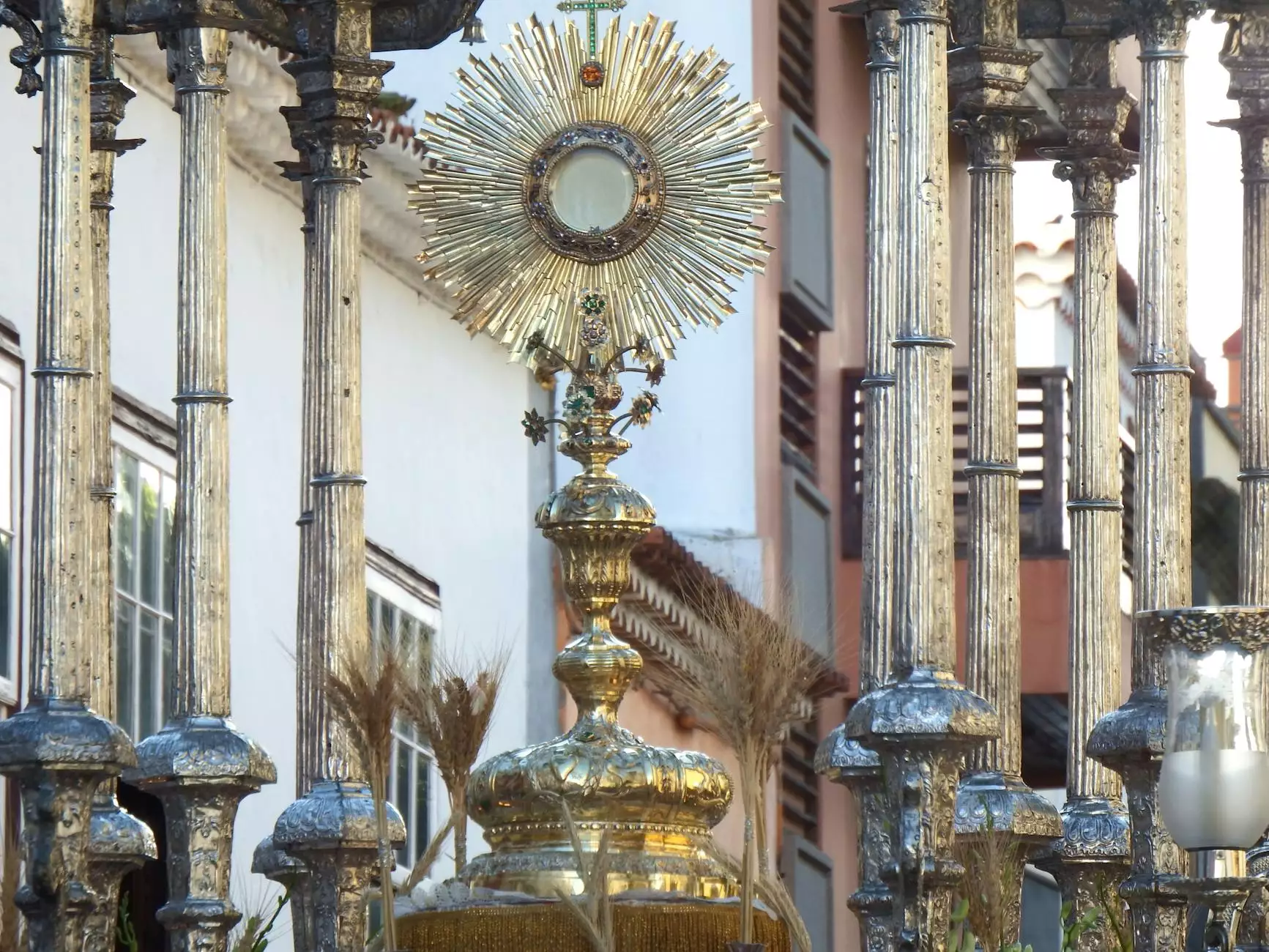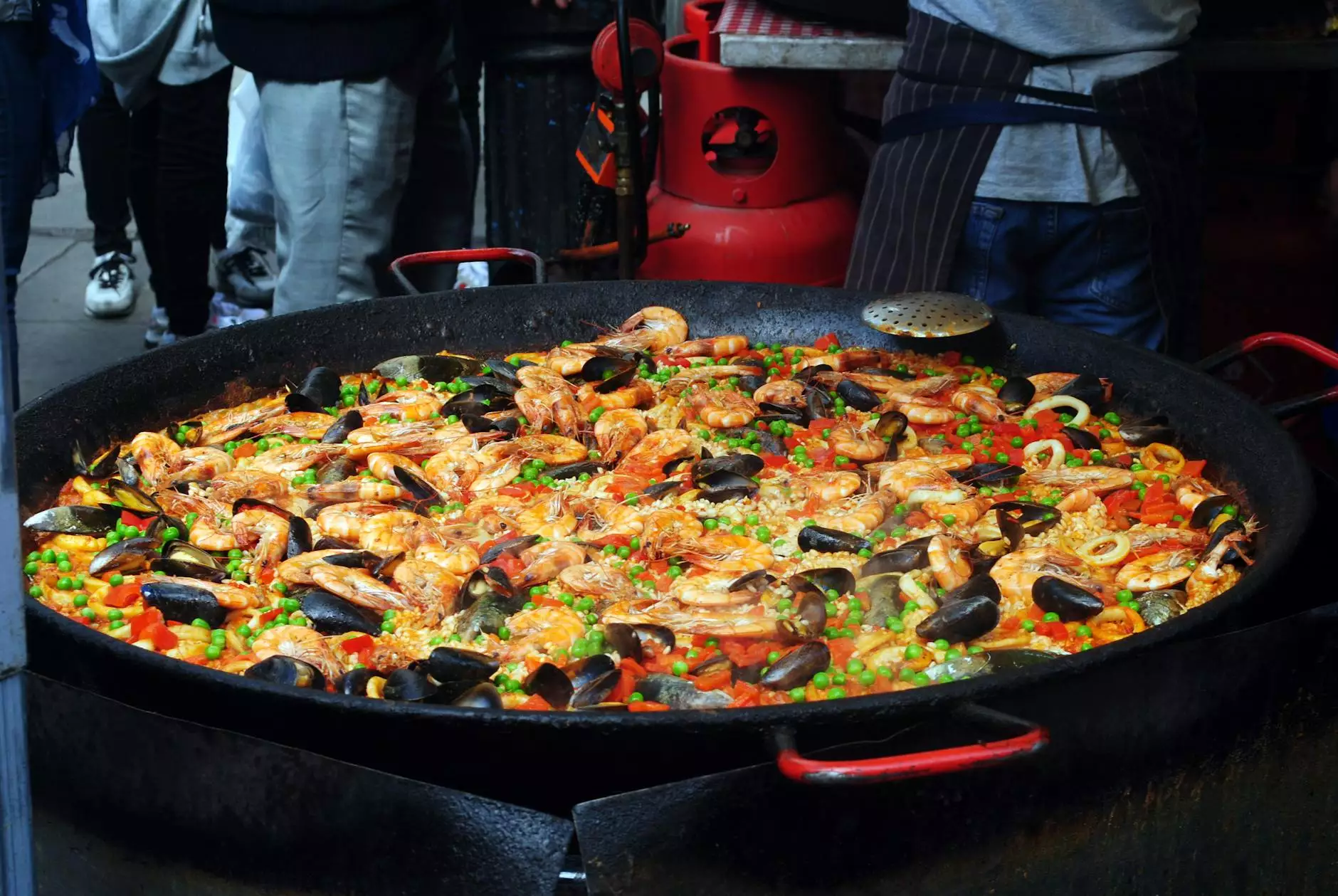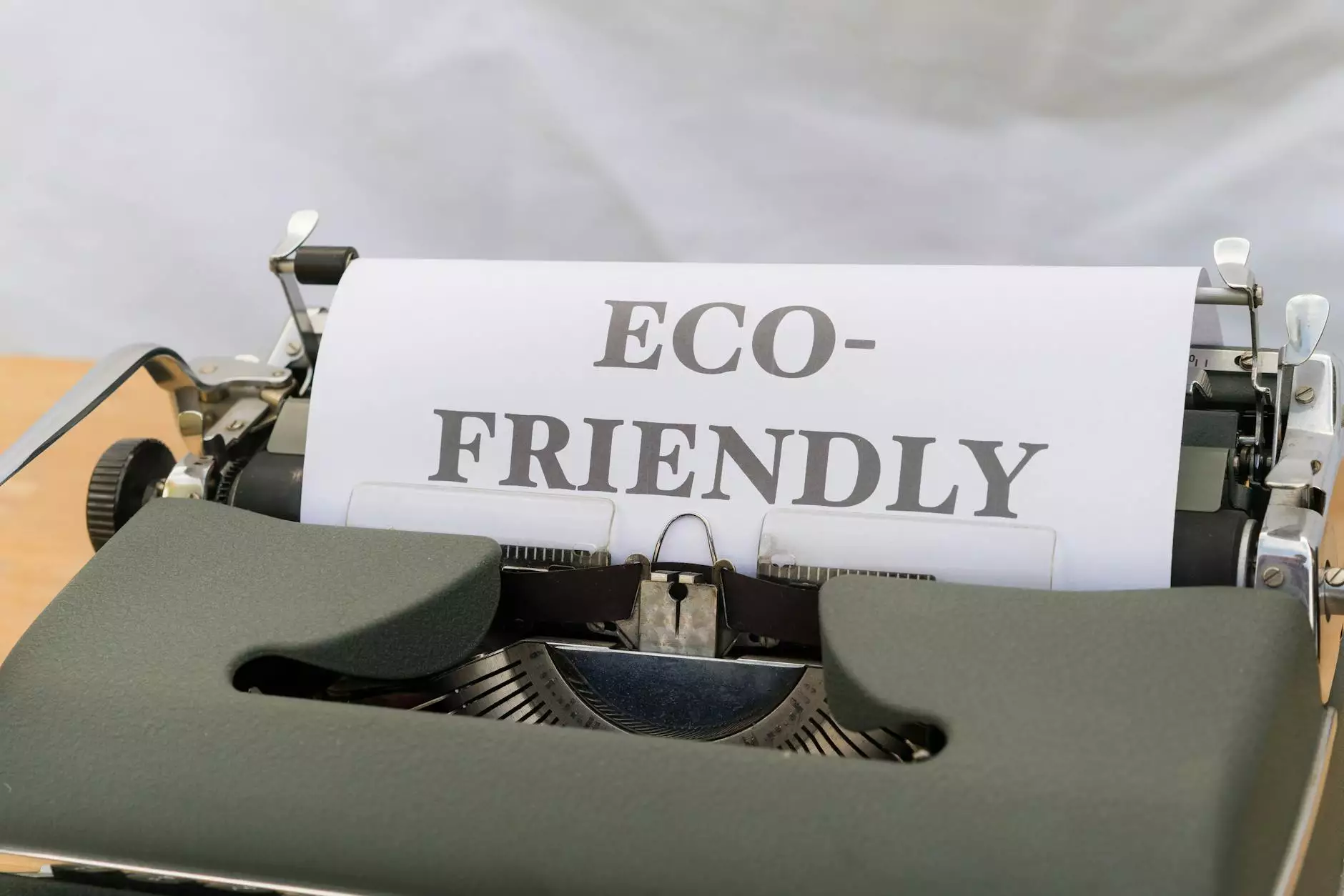Spanish Dogs - Spanish Language and Culture
Blog
Introduction
Welcome to the fascinating world of Spanish dogs! In this comprehensive guide, we will explore the rich history, cultural significance, and diverse breeds of dogs in Spain. Whether you are a dog enthusiast, language learner, or simply curious about Spanish culture, this page will provide you with valuable insights into the world of Spanish dogs.
The Role of Dogs in Spanish Culture
Dogs have played an integral role in Spanish culture for centuries. From herding livestock to guarding properties, Spanish dogs have showcased their intelligence, loyalty, and versatility in various domains. Furthermore, they hold symbolic importance in folklore, literature, and even religious traditions.
Exploring Spanish Dog Breeds
Spain is home to a wide range of dog breeds, each with its unique characteristics and histories. Let's delve into some of the most notable breeds:
1. Spanish Water Dog
The Spanish Water Dog, also known as "Perro de Agua Español," is a versatile and intelligent breed with a distinctive curly coat. They were originally bred as working dogs used for herding livestock and assisting fishermen. Today, they excel in various activities such as agility, obedience, and search and rescue operations.
2. Bichon Frise
The Bichon Frise, a small and charming breed, has its roots in France and Spain. Their name translates to "curly lapdog" in English, highlighting their fluffy white coat. Bichons are known for their friendly and affectionate nature, making them popular companions and therapy dogs.
3. Spanish Mastiff
The Spanish Mastiff, also called "Mastín Español," is a majestic and powerful breed that has served as a livestock guardian for centuries. With a strong and protective instinct, they are well-suited to protecting flocks from predators. Their imposing size and calm temperament make them a beloved choice for those seeking a loyal and reliable guardian.
Spanish Dogs in History
Throughout Spanish history, dogs have been prominent figures in various events and stories. For instance, during the exploration and colonization era, Spanish sailors relied on dogs to navigate new territories and protect them from the unknown.
Moreover, dogs have also influenced Spanish literature and art. Legendary Spanish author Miguel de Cervantes Saavedra featured dogs in his famous novel "Don Quixote," highlighting their significance in Spanish society.
Spanish Dog Traditions and Festivals
Spain celebrates numerous traditions and festivals dedicated to dogs. One of the most renowned is the "Blessing of the Animals" held in many cities on the feast day of Saint Anthony the Abbot, the patron saint of animals. During this event, pet owners bring their beloved four-legged companions to churches to receive blessings for health and protection.
Conclusion
In conclusion, Spanish dogs offer a fascinating window into the intertwining worlds of Spanish language and culture. From their historical contributions to their roles in modern society, these dogs hold a special place in the hearts of Spaniards and dog lovers worldwide. We hope this guide has deepened your understanding and appreciation for the incredible Spanish dog breeds and their cultural significance.
© 2022 NJCLT. All rights reserved.










